
The annual meeting of the Biomedical Engineering Society (BMES) will be held in our hometown of Philadelphia October 16-19, 2019. The professional society for bioengineers and biomedical engineers will be taking over the city of Brotherly Love, and lots of faculty and students from Penn’s Bioengineering will be attending and presenting their research.
As previously mentioned here, Jason Burdick, Ph.D., the Robert D. Bent Professor of Bioengineering, is one of three chairs of the 2019 annual meeting. He shares this position with two other local faculty: Alisa Morss Clyne, Ph.D., Associate Professor of Mechanical Engineering and Mechanics at Drexel University; and Ruth Ochia, Ph.D., Associate Professor of Instruction in Bioengineering at Temple University. They have worked together since their appointment in 2017 to plan and chair the Philadelphia conference. Check out the video below with details of what to expect from BMES in Philly.
For those of you who have never been to BMES, the event is comprised of a mixture of academic and networking events, including keynote talks from top researchers, thousands of oral and poster presentations, participants from around the world, and social receptions. To plan your itinerary, click here for the program and agenda and here for the schedule at a glance. With the meeting being held locally this year, there are far too many presentations by Penn Bioengineering faculty and staff to list here, so check out BMES’s searchable scientific program or our searchable schedule of Penn faculty student activities at this year’s meeting (separated by day).
In addition to our academic participation, Penn Engineering and Bioengineering are also proud to sponsor this year’s meeting. Registered participants will have several venues to meet and mingle with Penn Engineering faculty, staff, and students and learn about its programs. Staff and volunteers will run a Penn Engineering booth (Booth #824) which will have literature on Penn departments and programs such as the Department of Bioengineering, the Center for Engineering MechanoBiology (CEMB), the Laboratory for Research on the Structure of Matter (LRSM), The Mahoney Institute for Neurosciences (MINS), and the Perelman School of Medicine’s Biomedical Graduate Studies group (BGS) and will be open 9:30am-5:00pm Thursday and Friday, and 9:30am-1:00pm during the conference.
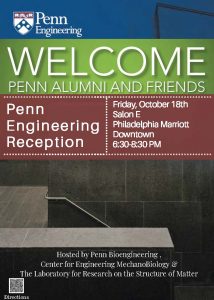
For those interested in social events and networking, check out two back-to-back events on Friday night. From 6:30-8:30 pm, Penn’s Department of Bioengineering, CEMB, and LRSM will host a reception at the Philadelphia Marriott Downtown, Salon E. This will be followed by the meeting’s big BMES Dessert Bash at the Franklin Institute from 8:30-10:30 pm. (Please note: These events are open to registered conference participants only.) For those sticking around, there are no shortage of things to do in Philly, whether you are looking to site-see, shop, or dine.
We hope everyone has a wonderful time at the conference and enjoys Philadelphia! Let us know what activities you are enjoying most by tagging us on Twitter @pennbioeng or Instagram (pennbioengineering) and using the hashtag #pennbioengineering.


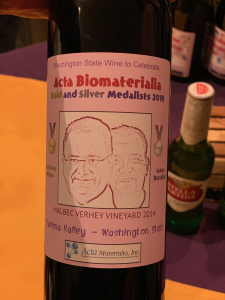
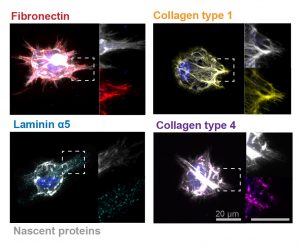
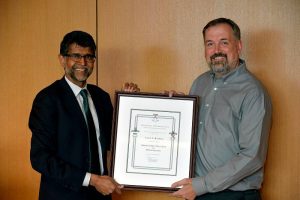
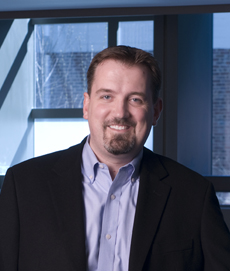
 Jason Burdick, Ph.D., who is a professor in the University of Pennsylvania’s Department of Bioengineering, has been named one of the three chairs of the 2019 annual meeting of the
Jason Burdick, Ph.D., who is a professor in the University of Pennsylvania’s Department of Bioengineering, has been named one of the three chairs of the 2019 annual meeting of the 